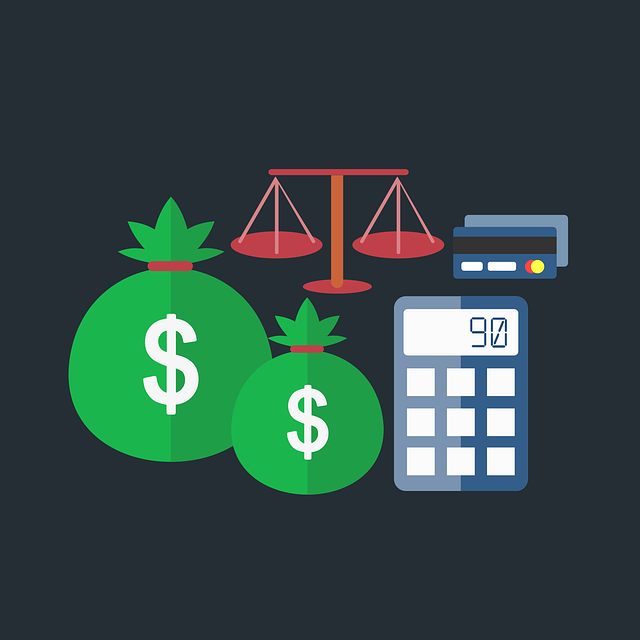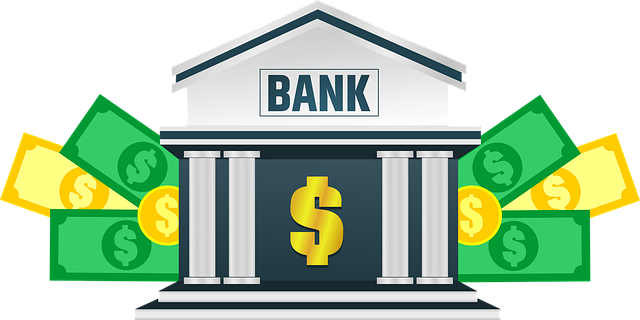Before securing funding, entrepreneurs must understand their company's specific funding needs and explore diverse loan options from specialized lenders (alternative for startups, traditional banks for small businesses). Evaluating key loan terms—interest rates, repayment periods, collateral requirements, and fees—enables informed decisions. This strategic approach ensures access to flexible, favorable conditions tailored to the business's stage of growth and purpose of funding.
In today’s competitive market, understanding business funding needs is crucial for startups and small businesses aiming to grow. Exploring diverse loan options can unlock doors to capital, but navigating the application process across lenders can be daunting. This comprehensive guide breaks down the key components of loan terms to consider, offers a step-by-step comparison of lender application processes, and reveals factors influencing approval and interest rates. Discover strategies for crafting a successful loan application that aligns with your business funding needs.
- Understanding Business Funding Needs
- Exploring Loan Options for Startups and Small Businesses
- Key Components of Loan Terms to Consider
- Comparing Lender Application Processes: Step-by-Step Breakdown
- Factors Affecting Approval and Interest Rates
- Strategies for a Successful Loan Application
Understanding Business Funding Needs

Understanding a company’s specific funding requirements is a crucial step in navigating the application process for various lenders. Business funding needs can vary greatly depending on industry, growth stage, and financial goals. Before applying for loans, businesses should clearly define their objectives and assess different loan options available in the market.
By evaluating loan terms such as interest rates, repayment periods, and collateral requirements, entrepreneurs can make informed decisions that align with their business funding needs. This strategic approach ensures that the chosen lender offers flexible and favorable terms, ultimately contributing to the success of the venture.
Exploring Loan Options for Startups and Small Businesses

When it comes to exploring loan options for startups and small businesses, understanding the diverse range of lenders and their unique application processes is key. Different lenders cater to specific business funding needs, offering a variety of loan terms tailored to various stages of growth.
Startups often require flexible and agile financing solutions due to their unpredictable nature. They may opt for alternative lenders who provide quick turnaround times and less stringent documentation compared to traditional banks. These non-bank lenders can offer short-term working capital loans or lines of credit, enabling startups to access capital swiftly to cover immediate expenses and fuel rapid growth. On the other hand, small businesses with a more established track record might explore bank loans, which typically offer longer repayment periods and lower interest rates, but often demand comprehensive business plans and financial projections.
Key Components of Loan Terms to Consider

When considering different loan options for your business funding needs, understanding the key components of loan terms is crucial. These include interest rates, which can significantly impact the overall cost of borrowing. Compare fixed and variable rates, keeping in mind that a lower rate might come with stricter conditions or shorter repayment periods.
Additionally, loan terms play a vital role. Look into the available repayment options, such as bullet payments or level amortization, and choose what aligns best with your cash flow capabilities. Also, scrutinize prepayment penalties or fees to ensure there are no hidden costs associated with repaying the loan early if that’s a possibility for your business.
Comparing Lender Application Processes: Step-by-Step Breakdown

When it comes to securing business funding needs, comparing loan options and their application processes is a crucial step. Each lender has its unique approach, which can vary significantly in terms of complexity and time required. Understanding these steps is essential for entrepreneurs to make informed decisions about where to apply.
Let’s break down the typical process into manageable stages:
1. Research and Eligibility Check: Start by researching different lenders and their loan programs. Check eligibility criteria, including business type, revenue, credit score, and intended use of funds. This step ensures you only consider lenders offering suitable loan options for your specific needs.
2. Gather Documentation: Collect necessary documents such as tax returns, financial statements, business plans, and personal ID. Lenders will require these to assess your business’s financial health and determine loan terms, including interest rates and repayment periods.
3. Application Submission: Fill out the lender’s application form accurately and thoroughly. Provide detailed information about your business funding needs, expected use of funds, and financial projections. Some lenders offer online applications, while others may require physical submission.
4. Underwriting and Credit Check: After submission, the lender conducts a thorough underwriting process to evaluate your application. This includes a credit check for both the business owner and personal guarantors (if required). The lender will assess your risk profile based on financial documents and determine if you meet their lending criteria.
5. Loan Approval or Denial: Based on the underwriting decision, lenders either approve or deny the loan application. In case of approval, they will outline the final loan terms, including principal amount, interest rate, repayment schedule, and any collateral requirements.
Factors Affecting Approval and Interest Rates

When comparing application processes for various lenders, understanding the factors affecting approval and interest rates is crucial for any business owner seeking funding. Several key elements play a significant role in determining the success of a loan application and the resulting financial terms. One of the primary considerations is the borrower’s credit history and overall financial health. Lenders carefully evaluate credit scores, debt-to-income ratios, and any outstanding defaults or delinquencies to assess risk. A strong credit profile often leads to more favorable loan options with competitive interest rates.
Additionally, the purpose and nature of the business funding needs heavily influence the lender’s decision. Different lenders specialize in specific types of loans, such as short-term working capital loans, long-term equipment financing, or industry-specific funding. Loan terms, including repayment periods and interest rate structures (fixed vs. variable), are tailored to align with the business’s cash flow patterns and project timelines. It is essential for borrowers to match their requirements with lenders who offer suitable loan options, ensuring a smooth application process and optimal interest rates.
Strategies for a Successful Loan Application

Applying for a loan can be a complex process, but with the right strategies, securing business funding becomes more manageable. The first step is to assess your business funding needs; determine the amount required and the purpose of the loan. This clarity will guide you in choosing the most suitable loan options available.
Researching different lenders and understanding their loan terms is crucial. Look for institutions that cater to small businesses or specific industries, as they often have more flexible criteria. Compare interest rates, repayment periods, and any additional fees. A well-informed decision ensures you get the best deal, aligning with your business goals and financial capabilities.






